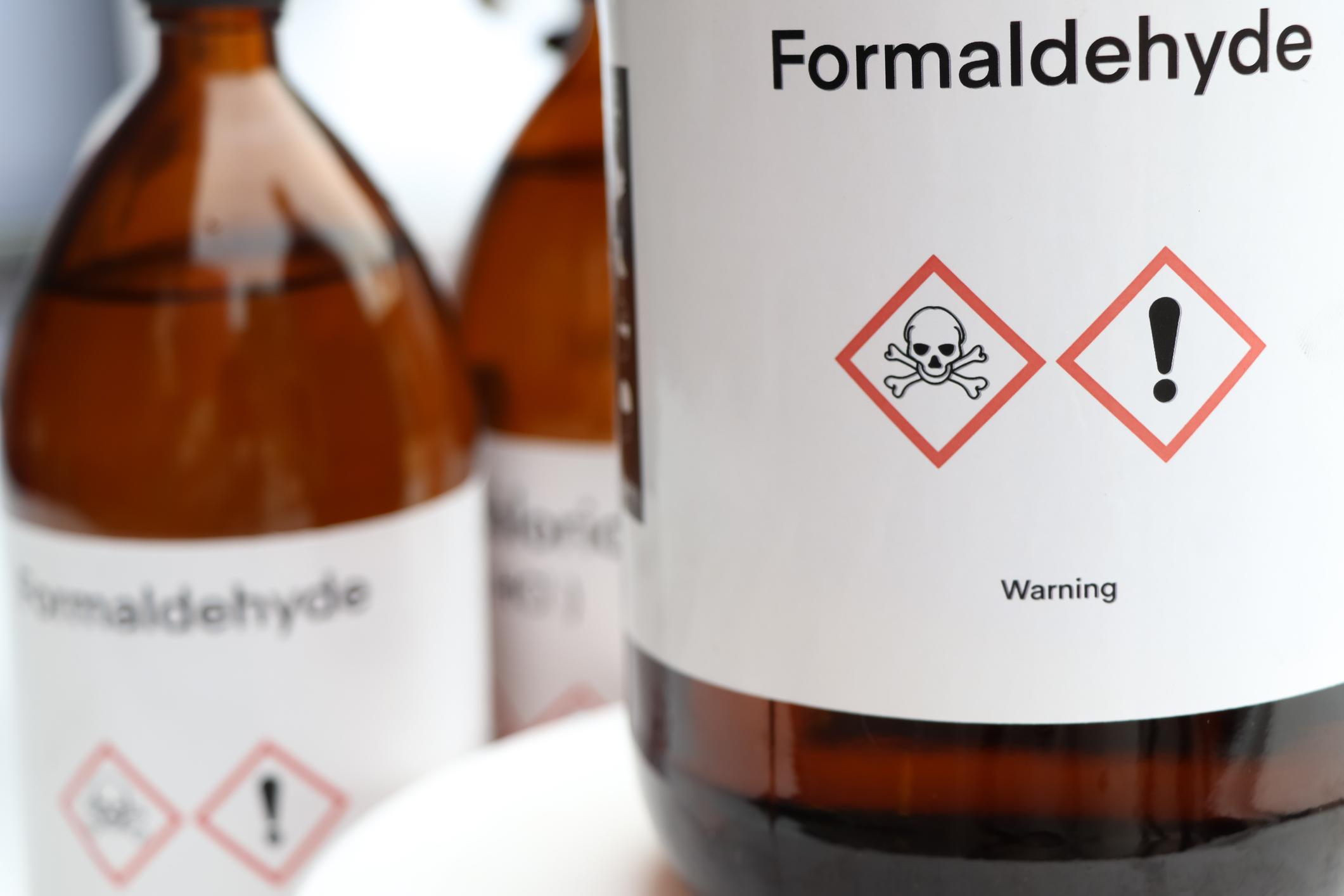In chronic myelogenous leukemia, patients can in 1 out of 2 cases go into remission without any treatment after a few years of a 2nd generation tyrosine kinase inhibitor.

In chronic myelogenous leukemia (CML) with the Philadelphia chromosome, a disease that was one of the first triumphs of medicine, many patients have been put into remission with the first tyrosine kinase (TKI) inhibitor, imatinib.
The problem is that it is not known when to stop treatment with TKI and resistance is likely to develop with TKI. In a new study, published in the journal Annals of Internal Medicine, more than 50% of patients remain in remission for more than a year after stopping any treatment.
CML secretes too much tyrosine kinase
Chronic myelogenous leukemia is a cancer characterized by the excess production of white blood cells in the bone marrow. Almost all patients with CML have an abnormality resulting from the fusion of two chromosomes (9 and 22) in the stem cells of the bone marrow, causing the appearance of an abnormal chromosome, known as a “chromosome. of Philadelphia ”.
This chromosome induces the production of a protein called “BCR-ABL” which itself leads to the synthesis of a “tyrosine kinase”), an enzyme responsible for the proliferation of white blood cells.
CML accounts for about 10-15% of adult leukemia cases worldwide, with an incidence of one to two cases per 100,000 people per year
An evaluation of the therapeutic response
Remission on imatinib was a first step, but without the possibility of stopping the first tyrosine kinase inhibitor. Then, over time, resistance to imatinib appeared, which led to the development of 2nd generation tyrosine kinase inhibitors, such as nilotinib.
With the appearance of a technique for analyzing the marrow, it was possible to define quantitative tests making it possible to define at the international level the deep molecular responses of the disease in the marrow with a sensitivity of at least MR 4, 5.
Discontinuation of treatment in 50% of patients
One hundred and sixty-three patients in remission under a succession of imatinib then nilotinib for at least 3 years were followed. A deep molecular response (MR 4.5) was obtained in 126 of them who then entered a consolidation treatment phase with nilotinib for a year before the treatment was interrupted: 58% are still in molecular remission deep at 48 weeks without treatment and 53% at 96 weeks.
Of the 56 patients who had to re-take nilotinib, 55 recovered a deep molecular response under TKI and 52 a MR 4.5 molecular response. None have evolved into a blast crisis.
An evolution of the strategy
In CML, a new strategy is emerging and as patients will be treated earlier with a tyrosine kinase inhibitor, the results should improve further.
The patients go into remission quickly with a tyrosine kinase inhibitor which will be used much earlier in the course of the disease, imatinib or nilotinib from the start.
Once the deep molecular response has been obtained, it is possible to hope for a prolonged remission without treatment for at least half of the patients, and in the event of a relapse, it is possible to resume the tyrosine kinase inhibitor with the same benefit as initially. All patients will therefore have “medical leave” and for half of them, these leaves may extend well beyond the “sabatic year”.
This strategy was validated by a marketing authorization for nilotinib.
.















